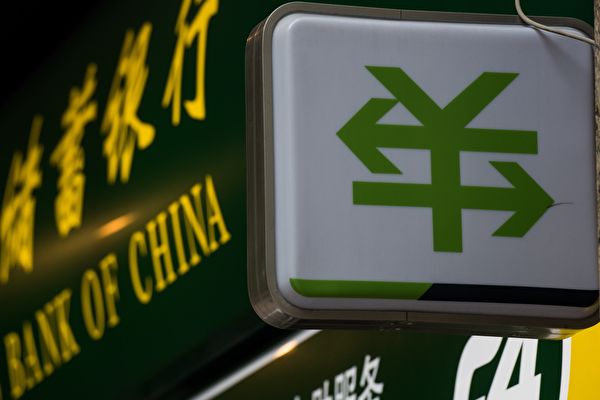Investment is accelerating its departure from China. On one hand, as Chinese companies seek to open more factories overseas, China’s overseas investment has reached a historic high; on the other hand, Western companies that once flocked to China are now beginning to withdraw.
On Monday, September 30th, revised data released by the State Administration of Foreign Exchange showed that Chinese companies’ overseas assets increased by about $71 billion in the second quarter, a year-on-year growth of over 80%, reaching the highest level on record since 1998.
Leading sectors include electric vehicles and solar energy. Chinese enterprises have decided to focus on selling to Western markets and avoid the constraints of a softening Chinese economy, intensified local competition, and geopolitical tensions.
However, some economists have raised doubts about this investment data. A new database compiled by the Rhodium Group in September shows that Beijing’s actual foreign investment in recent years has been much lower.
Analysts from the Rhodium Group, including Thilo Hanemann, say that the State Administration of Foreign Exchange’s data may have exaggerated the amount of overseas investment for financial considerations rather than driving real economic investment.
“More than two-thirds of official foreign investment flows consist of retained earnings, debt, and intra-company transfers,” they wrote in their latest report.
According to Rhodium’s data, since 2022, Chinese overseas investment has significantly rebounded, but total investment remains far below the peak of 2016. Chinese investors are increasingly focusing on greenfield projects overseas rather than mergers and acquisitions.
Currently, these outward direct investments have shifted from developed economies to Asia and emerging economies. Vietnam, Malaysia, Indonesia, and Singapore have received average annual Chinese investments of over $1 billion in the past two years, mainly in the automotive, real estate, metal, and mineral resources sectors.
At the same time, the amount of foreign investors withdrawing from China hit a record high in the second quarter. Even based on the revised official data from the Chinese Communist Party, the world’s pessimism towards the second-largest economy is expanding with the scale of withdrawal increasing further.
According to data released by the State Administration of Foreign Exchange in September, foreign direct investment (FDI) in the second quarter decreased by $14.8 billion, the first negative value in three quarters, the second negative value since 1998, and the largest contraction in scale on record.
Adam Slater from Oxford Economics said in a report on Monday, “Due to potential violations of tariffs, investment restrictions, and other U.S. sanctions, China is increasingly seen as a high-risk place for new foreign direct investors.”
If this trend of decreasing withdrawals continues through this year, it will be the first annual net outflow from China since 1990.
In mid-September, reports from the European Chamber of Commerce and the American Chamber of Commerce in Shanghai both stated that many multinational companies are downgrading China on their list of investment destinations and consolidating their businesses in China due to slowing growth and shrinking profits.
Surveys show that the rate at which multinational companies rank China as their top investment preference has dropped to the lowest level in 25 years.
The Nikkei reported that new investments in China, such as building new factories, are lower than withdrawals, leading to capital outflow. In addition, the prolonged stagnation of the Chinese economy due to insufficient domestic demand is also causing a decline in foreign investment willingness.

